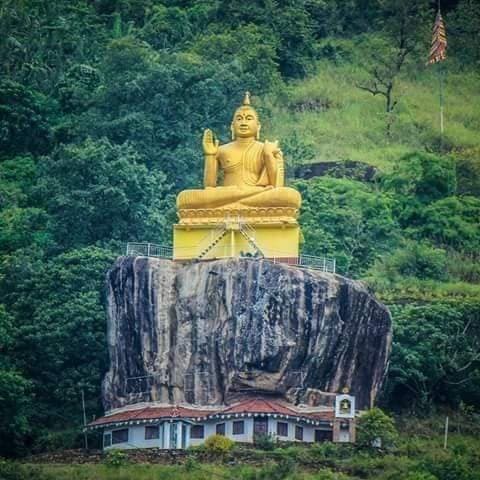
Aluvihara Rock Cave Temple
Sacred Buddhist temple where the Tripitaka was first written on palm leaves, set amidst serene rock formations.
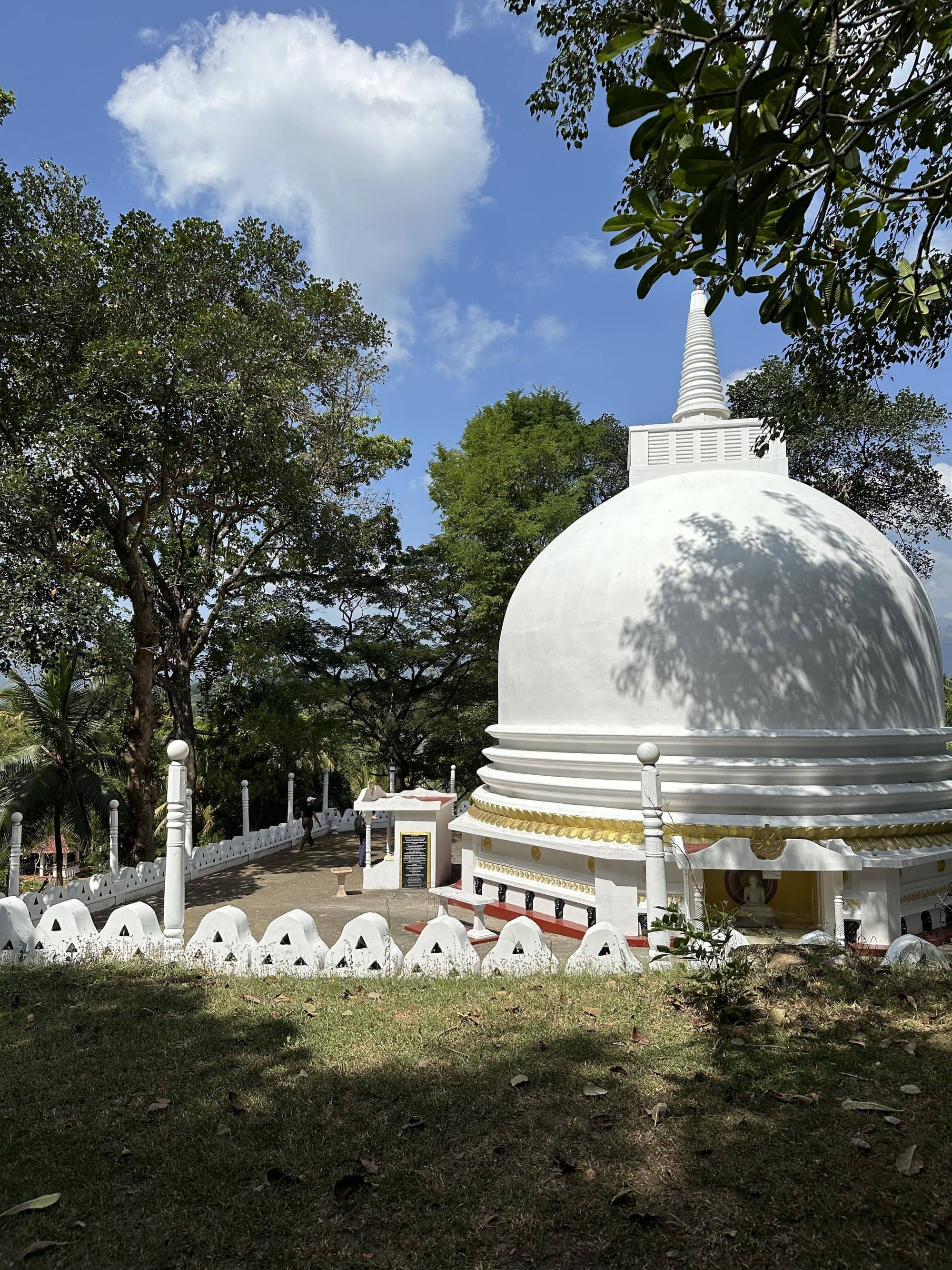
Highlights
Must-see attractions
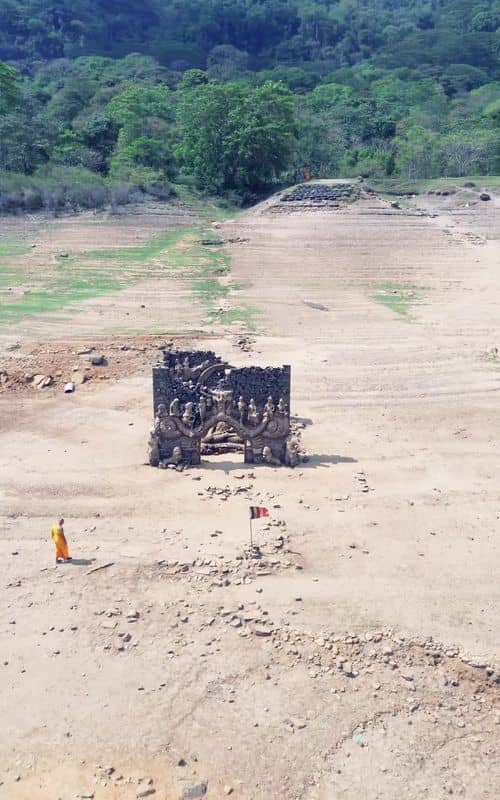
Social
From TikTok & Reddit
Best Time
Peaceful atmosphere, fewer crowds

Aluvihara Rock Cave Temple
Best Time
Peaceful atmosphere, fewer crowds

Highlights
Must-see attractions
Sacred Buddhist temple where the Tripitaka was first written on palm leaves, set amidst serene rock formations.
"A deeply spiritual and historically significant site, offering peace and breathtaking views."
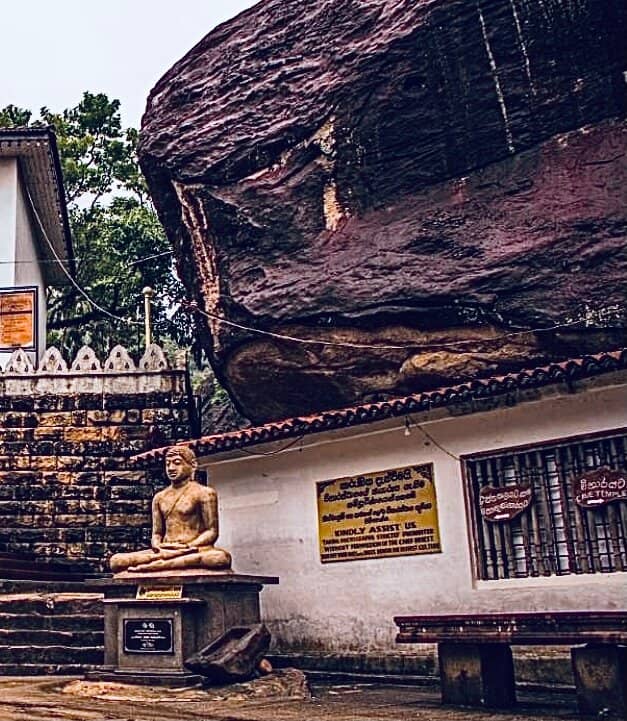
🎟️ Entrance Fee for Foreigners
Foreign visitors need to purchase an entrance ticket for 500 LKR. Plan accordingly!
🚶♀️ Trek to the Stupa
The 2km walk to the mountain stupa is worth it for the views, wear comfortable shoes! :athletic_shoe:
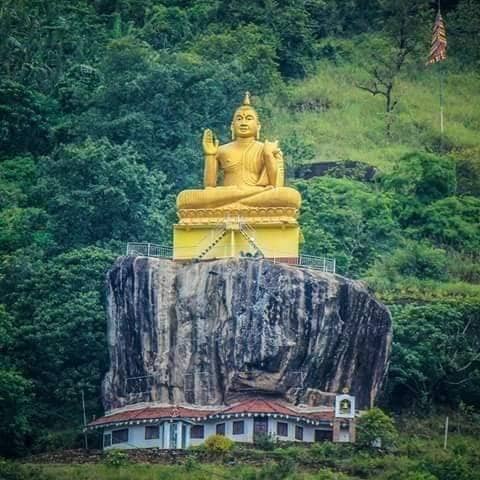
Highlights
Discover the most iconic attractions and experiences
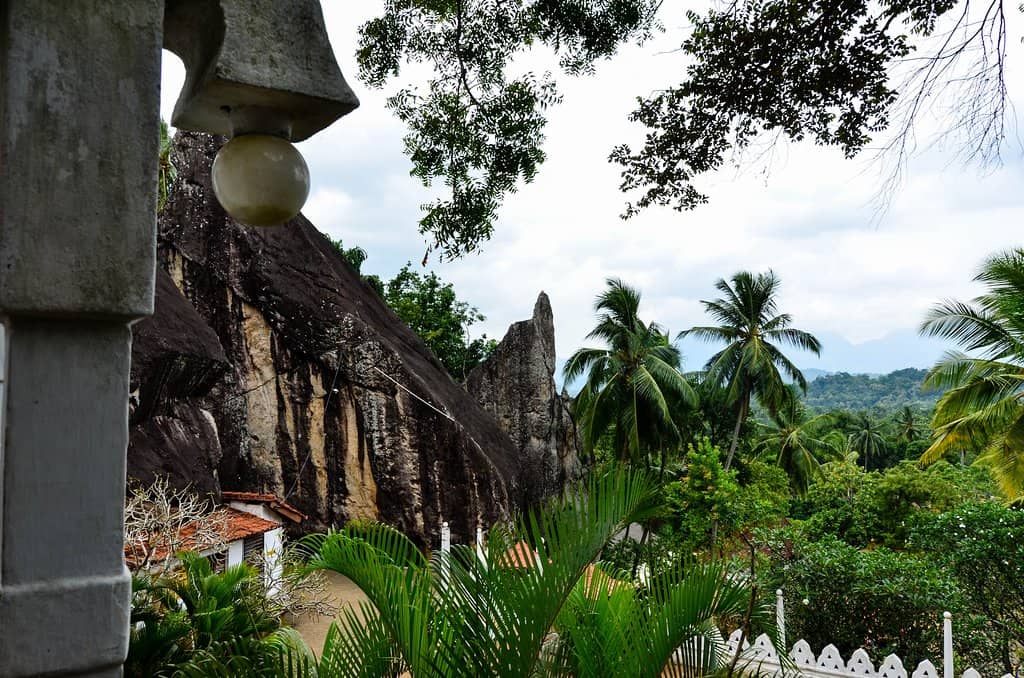
The Sacred Cave of Transcription
Main temple complex
The very cave where the Tripitaka was first written on palm leaves. A deeply spiritual and historically significant spot.
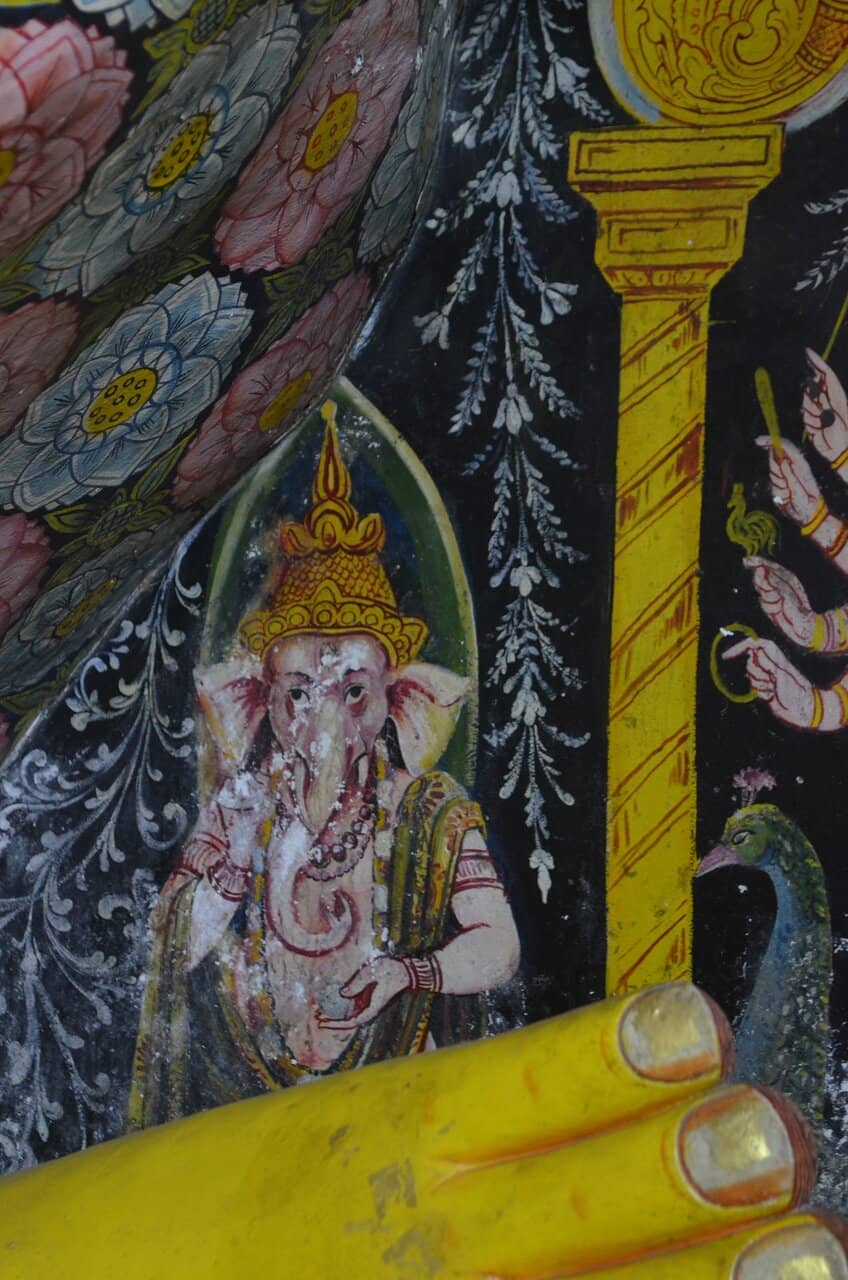
Mountain Top Stupa
Summit of the rock
A rewarding 2km uphill walk leads to a stupa with panoramic views of the surrounding landscape.
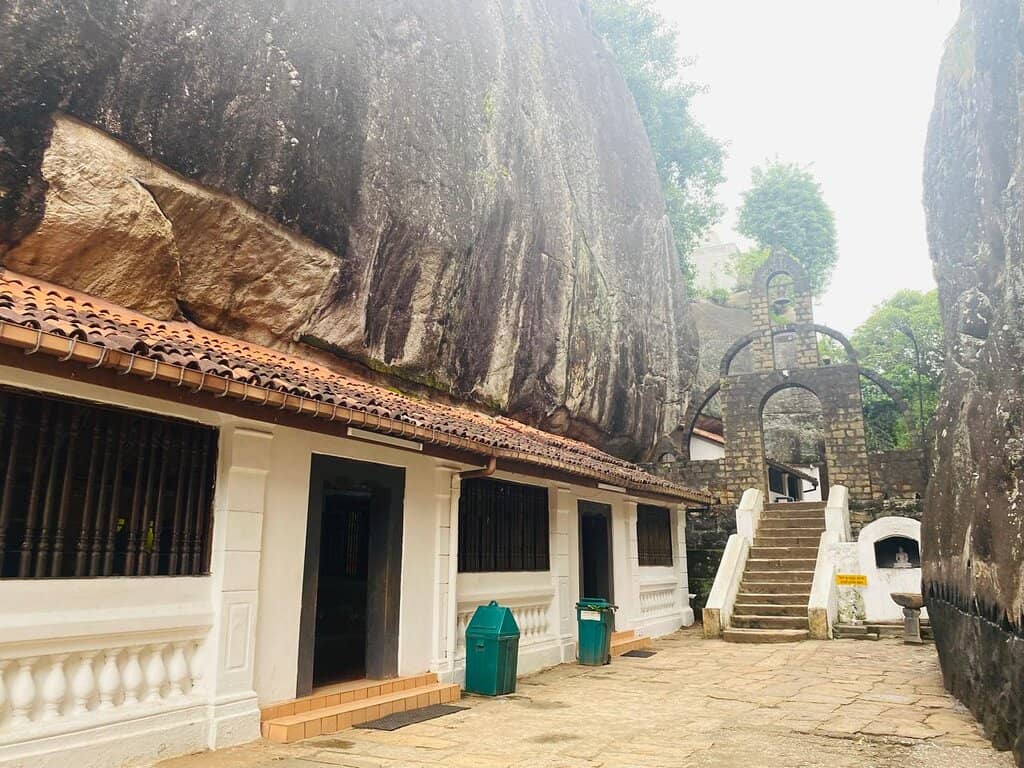
Buddhist Museum
Temple grounds
Explore artifacts and learn more about the history and significance of Aluvihara and Buddhism in Sri Lanka.
Plans like a pro.
Thinks like you
Planning Your Visit
Timing is Key for Serenity
Understand the Significance
Best Times
Insider Tips
from TikTok, Instagram & Reddit
🎟️ Entrance Fee for Foreigners
Foreign visitors need to purchase an entrance ticket for 500 LKR. Plan accordingly!
🚶♀️ Trek to the Stupa
The 2km walk to the mountain stupa is worth it for the views, wear comfortable shoes! :athletic_shoe:
🙏 Respectful Attire
Dress modestly to show respect at this sacred Buddhist site. Cover shoulders and knees.
📸 Capture the Serenity
Visit during off-peak hours for the best light and fewer people for stunning photos. :iphone:
Tips
from all over the internet
🎟️ Entrance Fee for Foreigners
Foreign visitors need to purchase an entrance ticket for 500 LKR. Plan accordingly!
🚶♀️ Trek to the Stupa
The 2km walk to the mountain stupa is worth it for the views, wear comfortable shoes! :athletic_shoe:
🙏 Respectful Attire
Dress modestly to show respect at this sacred Buddhist site. Cover shoulders and knees.
📸 Capture the Serenity
Visit during off-peak hours for the best light and fewer people for stunning photos. :iphone:
What Travellers Say
Reviews Summary
Visitors praise Aluvihara Rock Cave Temple for its immense historical and religious significance as the birthplace of the written Tripitaka. The serene atmosphere, ancient caves with murals, and the rewarding trek to the mountain stupa are frequently highlighted. Some note the entrance fee for foreigners.
"The place where the Tripitaka was first transcribed. The rock cave where this was done is conserved and displayed inside the temple premises. A museum, and a mountain top statue you can reach after a 2km walk through an ascending road are the other attractions here apart from the general temple components.
There wasn't much of a crowd on the typical Saturday morning we visited and parking space was quite sufficient. However, the situation can be different on long weekends or poya days."
Asanka Kumarasiri
"The temple holds immense cultural and religious value—it’s where the Tripitaka was first transcribed onto palm leaves in Sri Lanka, making it a foundational site in Buddhist history.  "
Chathux Corner
"Aluvihara Temple, situated in Matale, Sri Lanka, is one of the most historically and spiritually significant Buddhist temples in the country. This sacred site holds a unique place in Buddhist history due to its role in preserving the teachings of the Buddha. It is most renowned for being the location where the Tripitaka and its commentaries (Atthakatha) were committed to writing on ola (palm) leaves for the first time in history.
During the 1st century BCE, Sri Lanka faced a period of great unrest due to South Indian invasions and internal conflicts. King Walagamba, who ruled during this time, had to face constant threats to the country’s stability. With wars, famine, and political disturbances spreading across the island, there was a real danger that the oral tradition of preserving the Buddha’s teachings might disappear. Until then, the Dhamma — including the Vinaya Pitaka (rules of discipline), Sutta Pitaka (sermons), and Abhidhamma Pitaka (philosophical teachings) — had been passed down orally by generations of monks.
Realizing the possibility of this sacred knowledge being lost, the Buddhist monastic community decided to write down the teachings to ensure their survival. Under the guidance of Ven. Mahānāma Thero, the Tripitaka and the Atthakatha were inscribed onto ola leaves at the Aluvihara rock cave complex. This monumental effort not only safeguarded the teachings of the Buddha but also marked one of the most significant moments in the history of Theravāda Buddhism.
The Aluvihara temple complex is built among large rock formations, which give it a serene and secluded atmosphere, ideal for meditation and spiritual practices. The caves where the scriptures were written can still be visited today. These caves also feature ancient paintings, statues of the Buddha, and various depictions of Buddhist teachings and history. The temple’s surroundings, set amidst natural rocky landscapes and greenery, create an environment of peace and reverence.
Today, Aluvihara remains an important pilgrimage site for Buddhists as well as a major historical attraction for visitors from around the world. It serves as a reminder of the resilience and dedication of the ancient monastic community, who ensured the preservation of Buddhism during a time of great adversity. The temple continues to be active, with resident monks conducting daily rituals, Bodhi Pujas, and other religious ceremonies that keep the traditions alive.
Aluvihara Temple is not only a place of worship but also a monument to the intellectual and spiritual determination of the Buddhist monks of ancient Sri Lanka. It stands as a symbol of the island’s rich cultural heritage and its lasting contributions to the preservation and spread of Buddhist teachings"
Saranga Karunarathna
What People Like
What People Dislike
Frequently Asked Questions
🚇 🗺️ Getting There
Aluvihara Rock Cave Temple is located about 30 km north of Kandy, on the Matale-Dambulla road. You can hire a taxi or take a local bus heading towards Matale or Dambulla. The journey typically takes around 45 minutes to an hour depending on traffic.
Yes, local buses frequently travel along the Matale-Dambulla road, passing by Aluvihara. Look for buses heading towards Matale or Dambulla from Kandy and ask the conductor to drop you off at Aluvihara.
From Dambulla, you can take a bus heading towards Kandy and ask to be dropped off at Aluvihara. The temple is situated on the Matale-Dambulla road, making it accessible from both directions.
Yes, there is parking available at the temple premises. It was sufficient on a Saturday morning visit, but can be busier on long weekends or Poya days.
Absolutely! Aluvihara Rock Cave Temple makes for an excellent half-day trip from Kandy. You can combine it with other nearby attractions.
🎫 🎫 Tickets & Entry
Foreign visitors are required to purchase an entrance ticket, which costs 500 LKR. There is no mention of fees for locals in the available information.
The temple is generally open throughout the day, allowing visitors to explore its caves and grounds. However, it's advisable to visit during daylight hours for the best experience and safety, especially for the walk to the mountain stupa.
No, advance booking is typically not required for Aluvihara Rock Cave Temple. Tickets can be purchased on-site for foreign visitors.
Visitors are generally free to explore the caves, which house religious murals and Buddha statues. However, always be mindful and respectful of the sacred nature of these areas.
The main temple complex and some caves are accessible. However, the 2km walk to the mountain stupa involves an ascending road and may be challenging for those with significant mobility issues.
🎫 🧭 Onsite Experience
The main attractions include the sacred cave where the Tripitaka was first transcribed, a museum showcasing Buddhist artifacts, and a stupa atop the rock accessible via a 2km walk. The caves themselves feature religious murals and Buddha statues.
Aluvihara is historically significant as the site where the Tripitaka, the sacred scriptures of Theravada Buddhism, was first written down on palm leaves by 500 monks during the 1st century BCE to preserve them.
Crowds are generally low on typical weekdays and Saturday mornings. However, it can get busier on long weekends or Poya days. Visiting during off-peak hours is recommended for a more serene experience.
It is a sacred Buddhist site, so modest clothing is recommended. Ensure your shoulders and knees are covered out of respect.
You can spend anywhere from 1 to 3 hours exploring the temple, depending on how much time you dedicate to the museum, the caves, and the walk to the mountain stupa. The walk itself can take about 30-45 minutes each way.
📸 📸 Photography
Photography is generally permitted in most areas of the temple, including the caves. However, always be mindful of any signs or requests from monks regarding photography, especially near sacred statues or during ceremonies.
Early mornings and late afternoons offer the best natural light for photography, creating a serene and picturesque atmosphere. The golden hour can provide beautiful shots of the rock formations and temple structures.
The panoramic views from the mountain stupa are a major highlight for photographers. The intricate details of the murals within the caves and the unique rock formations also offer great photographic subjects.
Drone usage is generally restricted at religious sites to maintain peace and respect. It's best to check local regulations or inquire on-site before attempting to fly a drone.
A versatile camera with good low-light capabilities is recommended for the caves. For the mountain stupa, a wide-angle lens can capture the expansive views.
For Different Travelers
Tailored advice for your travel style
👨👩👧 Families with Kids
While the historical and religious aspects are primary, the natural rock formations and the expansive views from the top can also captivate younger visitors. It's a good opportunity to introduce children to Sri Lanka's rich cultural heritage in a less crowded setting than some larger attractions. Remember to dress modestly and keep an eye on children, especially near the caves and on the trek.
🚶 Budget Travelers
Pack your own snacks and water to save on costs within the temple premises. The main attractions, including the caves and the walk to the stupa, are free to explore once you've paid the entrance fee. This makes it a great option for travelers looking to experience Sri Lanka's heritage without breaking the bank.
🧘 Spiritual Seekers & History Buffs
Take your time to absorb the atmosphere, reflect on the history, and appreciate the dedication of the monks who preserved these teachings. The journey to the mountain stupa offers not only physical exertion but also a spiritual ascent with rewarding views. This site offers a unique glimpse into the resilience and intellectual heritage of Buddhism.
Deep Dives
In-depth insights and expert knowledge
The Birthplace of the Written Tripitaka
The caves themselves are a testament to this history, housing ancient paintings, statues of the Buddha, and depictions of Buddhist teachings. Visiting these caves offers a tangible connection to this pivotal moment in Buddhist history, allowing visitors to reflect on the dedication of the monks who safeguarded this knowledge. The serene atmosphere of the rock formations enhances the spiritual experience.
Today, Aluvihara remains an active pilgrimage site and a significant historical attraction, symbolizing the resilience and intellectual efforts of ancient Sri Lankan monks in preserving Buddhism. It stands as a monument to the island's rich cultural heritage and its enduring contribution to the Buddhist world.
Exploring the Temple Complex
A highlight for many is the mountain top stupa, which requires a roughly 2km walk along an ascending road. While the walk can be a bit strenuous, the panoramic views from the summit are widely considered to be breathtaking and well worth the effort. The journey offers a chance to connect with nature and enjoy the serene surroundings.
In addition to the caves and stupa, the complex also features a museum that provides further insights into the history of the temple and Buddhist practices. The overall atmosphere is one of peace and reverence, making it an ideal place for quiet contemplation and spiritual reflection.






Social
from TikTok, Instagram & Reddit